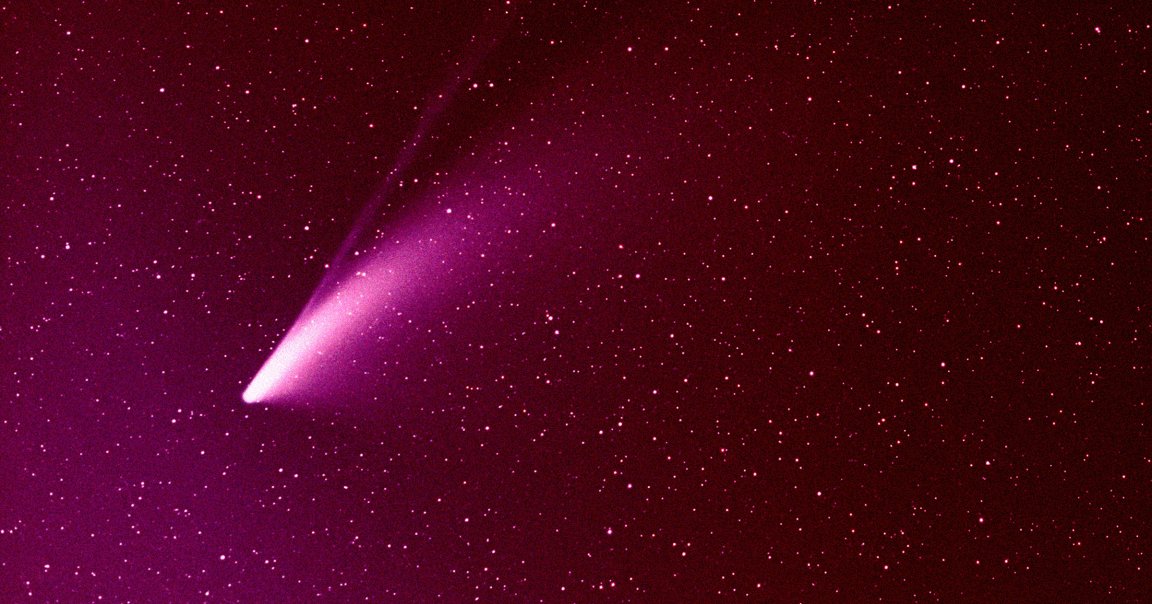
Astronomers are still poring over data to get a better sense of 3I/ATLAS, the third interstellar object to ever have been observed careening through our solar system.
The unusual visitor is set to scream past Mars this week as it continues on its extremely rapid trajectory through our cosmic neighborhood.
Now, in a new yet-to-be-peer-reviewed paper, an international team of astronomers analyzed data collected by the European Very Large Telescope’s Ultraviolet and Visual Echelle Spectrograph (UVES) — and finding that 3I/ATLAS shows an “extreme abundance ratio” of nickel and iron in its gas plume.
That makes it stand out when compared to both familiar solar system comets and 2I/Borisov, the second interstellar object to have been observed in 2019, which was also a comet.
The team was met with a conundrum, further highlighting how 3I/ATLAS’ highly unusual nature keeps throwing astronomers for a loop.
“At the distances at which comets are observed, the temperature is far too low to vaporize silicate, sulfide, and metallic grains that contain nickel and iron atom,” they write. “Therefore, the presence of nickel and iron atoms in cometary coma is extremely puzzling.”
Using UVES data, the team analyzed how the spectrum of 3I/ATLAS’ trail changed across six data points. Nickel showed up across all readings, while iron was only detected when it drew closer than 2.64 astronomical units, or just over two and a half times the distance between the Earth and the Sun.
Despite being a “carbon-depleted comet,” they found that 3I/ATLAS “exhibits extreme properties in the early phases of its activity with regard to the production rates and abundance ratios of nickel and iron.”
However, they conceded that as its distance from the Sun changes, its changing characteristics could soon make the interstellar visitor “indistinguishable from solar system comets with respect to the nickel/iron ratio.”
The researchers considered two possibilities: either it’s “metal-rich,” or it has “enhanced metal production due to chemical anomalies,” pointing to its previously observed extremely high carbon dioxide to oxygen ratio.
In other words, 3I/ATLAS is continuing to surprise us as it streaks through the solar system.
In a new blog post commenting on the latest paper, Harvard astronomer Avi Loeb reiterated that NASA should use its Mars Reconnaissance Orbiter to have a closer look at the comet, which could allow us to get a firmer estimate of its diameter.
Loeb previously suggested 3I/ATLAS could be absolutely enormous, especially when compared to its two interstellar predecessors.
“In a recent paper, I derived that the diameter of 3I/ATLAS is larger than [3.1 miles] — the width of Manhattan Island,” Loeb wrote in his latest blog post, alluding to a recent study he published. “The first recognized interstellar object, 1I/`Oumuamua, was pancake-shaped and [360 feet] in diameter — the size of a football field.”
“Why is the third interstellar object 3I/ATLAS a million times more massive than the first one?” he pondered.
Despite an abundance of evidence that the object is a natural comet, Loeb argued that we “need to be prepared for a black swan event” in case it was a “technological artifact” sent to visit us — a possibility he’s raised numerous times before.
It’s a possibility, Loeb argues, that shouldn’t be ruled out.
“Science is fun because we can learn something new from evidence, and not from past narratives dictated by the ‘adults in the room,'” he concluded.
More on 3I/ATLAS: Mysterious Object Cruising Through Solar System May Have Emitted a Signal, Scientist Says